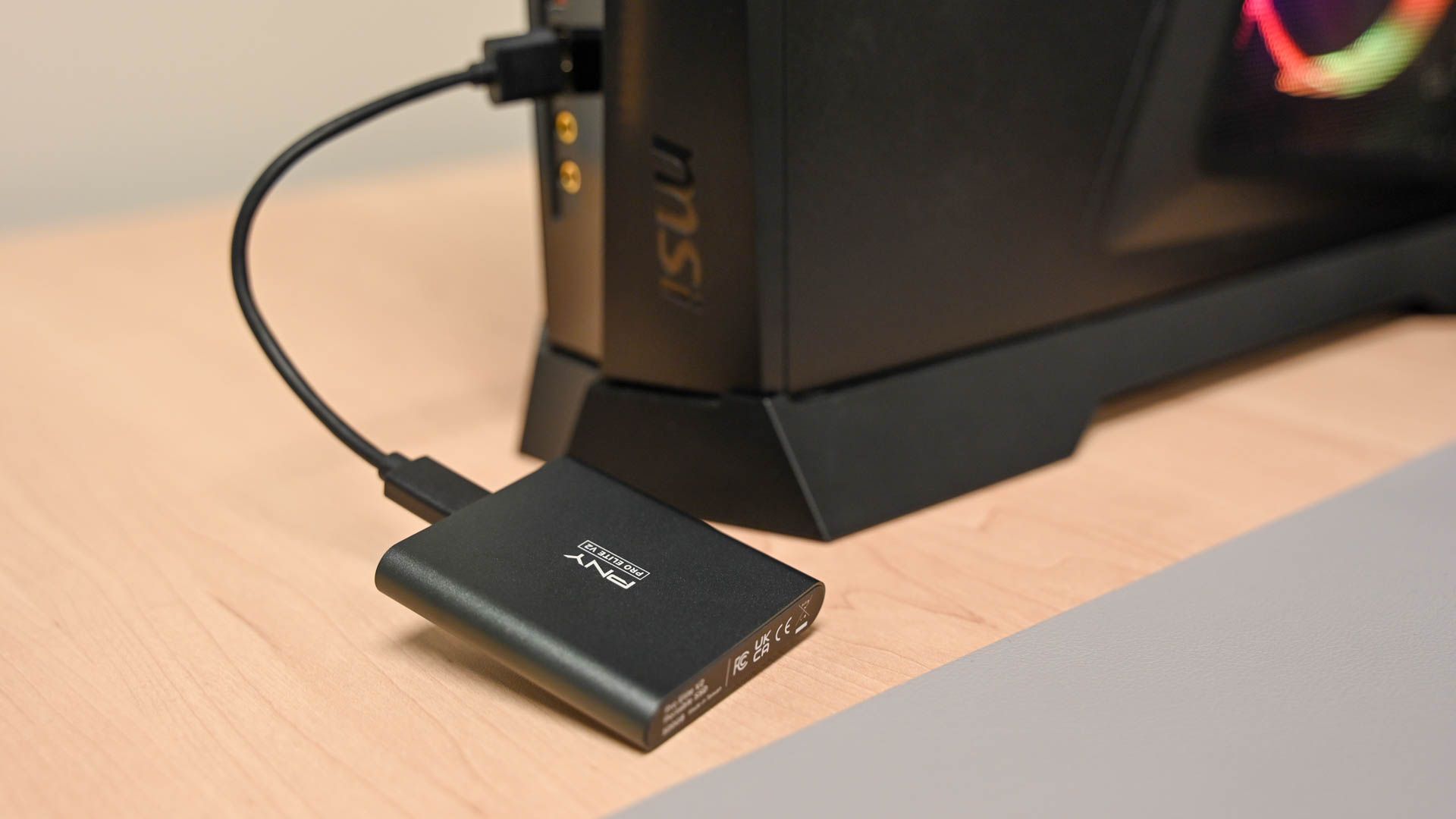FWIW I've got the same mobo as
@c-o-pr and just recently updated my BIOS to 1701. At the time I was running OC 0.9.3, with Mac Ventura 13.4.0 on one SSD and Windows 11 on a second SSD.
I had never updated a computer's BIOS before so I downloaded both the User Guide and the BIOS Manual for my mobo. The User Guide mentioned what seemed like 3 different ways to update BIOS (EZ Update, EZ Flash 3, and Crash Free Bios 3), but the BIOS Manual only mentioned the last two; nothing about EZ Update). The way I read it, the Crash Free Bios 3 method sounded more like a way to do an emergency revert back to an older BIOS version, in case an update failed. So I decided to opt for the second method, EZ Flash 3, as shown on page 3-3 of the User Guide.
When I went to the Asus support site for the new BIOS file I saw an ME update (15.0.42.2235) along with it that apparently had to be installed with the BIOS update. After downloading both files, I booted into my Windows 11 partition and did the ME update. After doing that update, I copied the BIOS file to a USB thumbdrive, then shut down and disconnected all USB externals except keyboard, mouse, and the USB thumbdrive.
I booted into BIOS and followed the procedure on page 3-3 of the mobo User Guide, which strongly suggested that I "Load Optimized Defaults" first. Then I continued the procedure as described in the Guide and used the Advanced>Tools menu in BIOS to select the 1701 file on the USB thumbdrive and update to 1701. After several minutes the update appeared to have been successful. I rebooted my hack, a black-and-white screen appeared afterwards (I think it said something about American Megatrends) but after another reboot, I was able to hit F2 and re-enter the (new) BIOS settings.
I had taken screenshots of my old (1007) BIOS settings but frankly, after the update there weren't really that many things I had to revert back to my old settings. I used a checklist I got on this forum to verify the critical settings. I made & saved those changes, then allowed my hack boot to Windows 11 just to be sure it could still run that OS okay.
After shutting down again, I reconnected all USB externals and booted back into Mac Ventura 13.4 with no problems.

